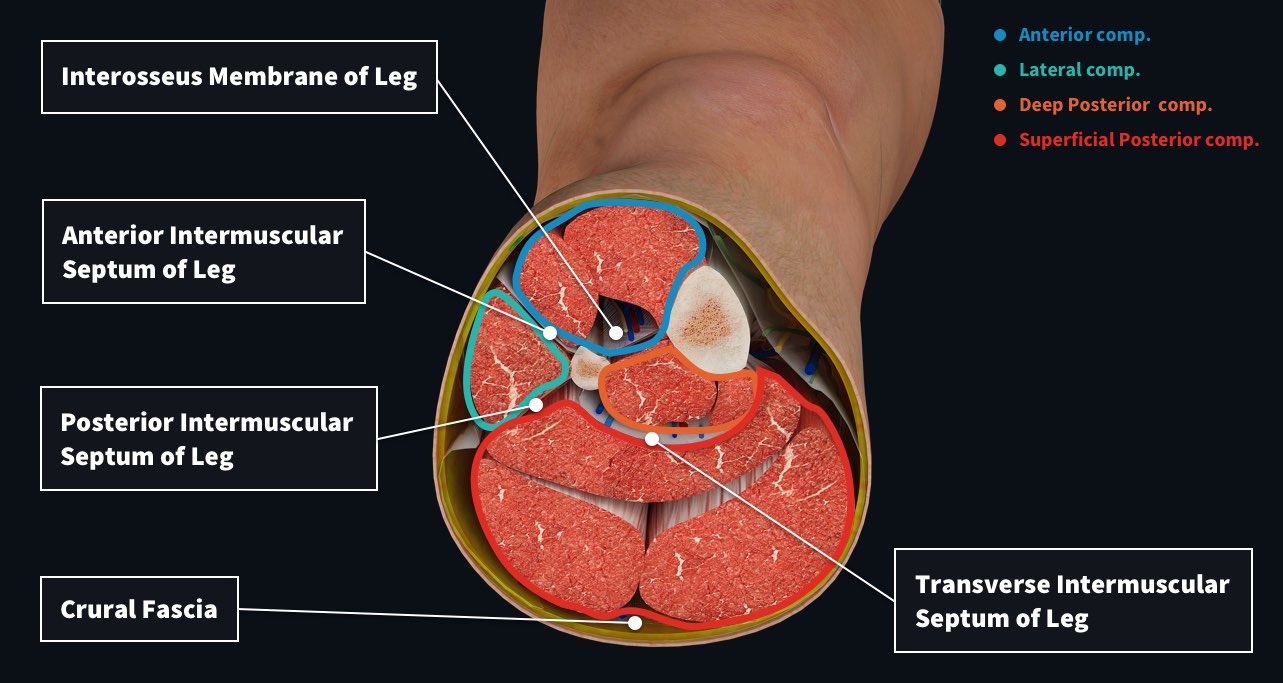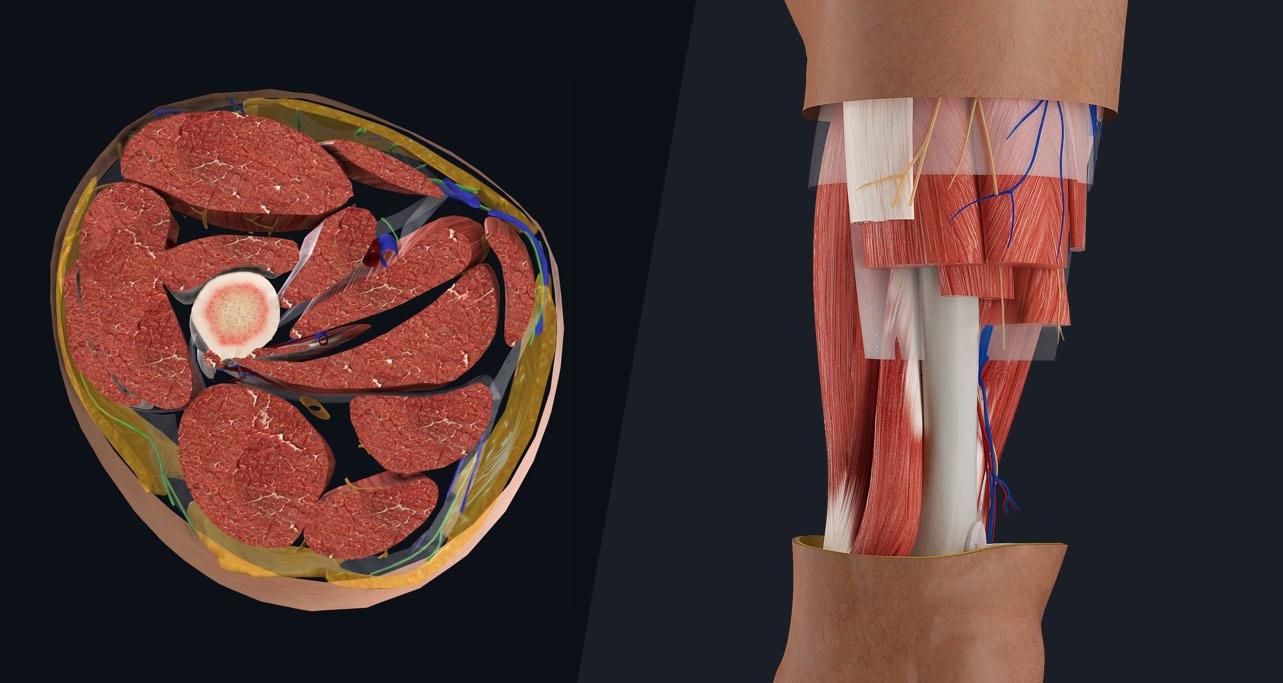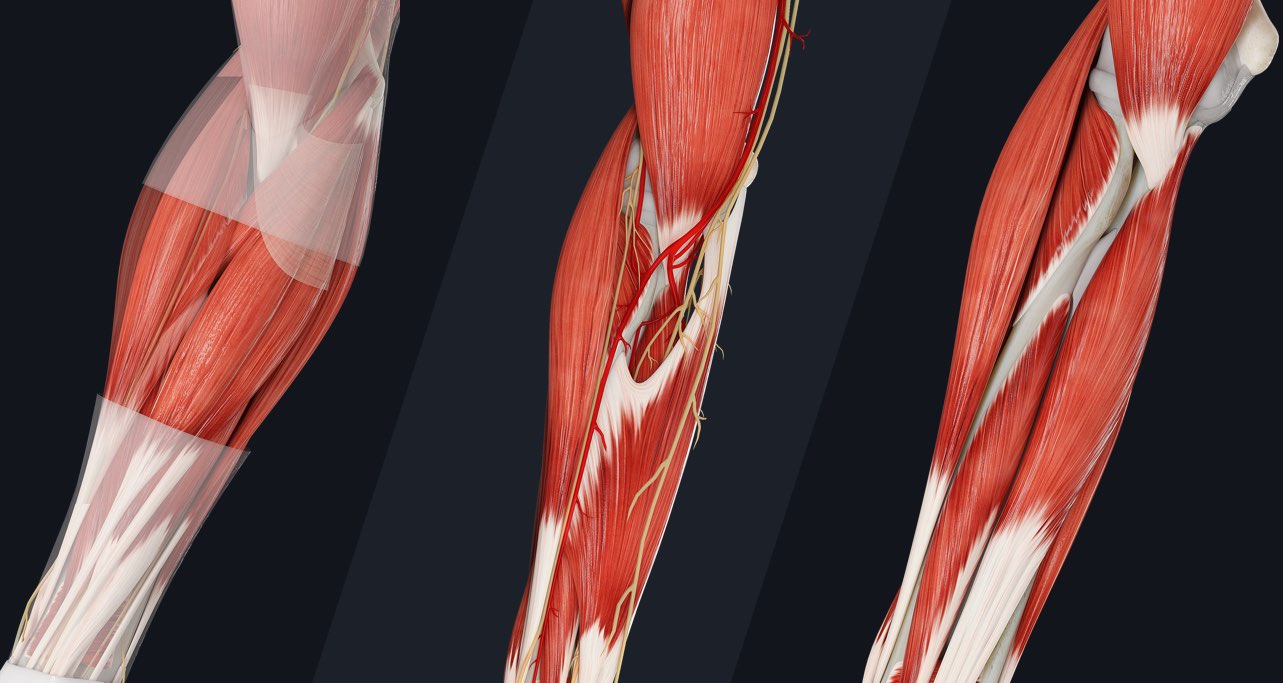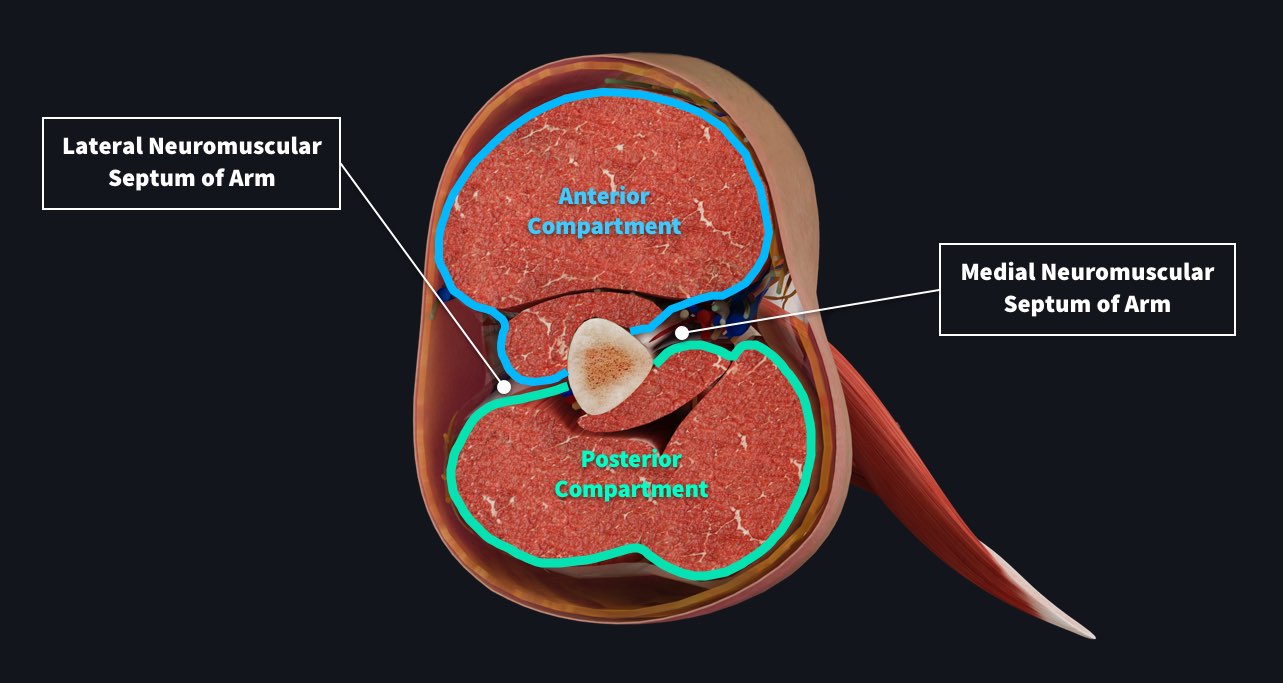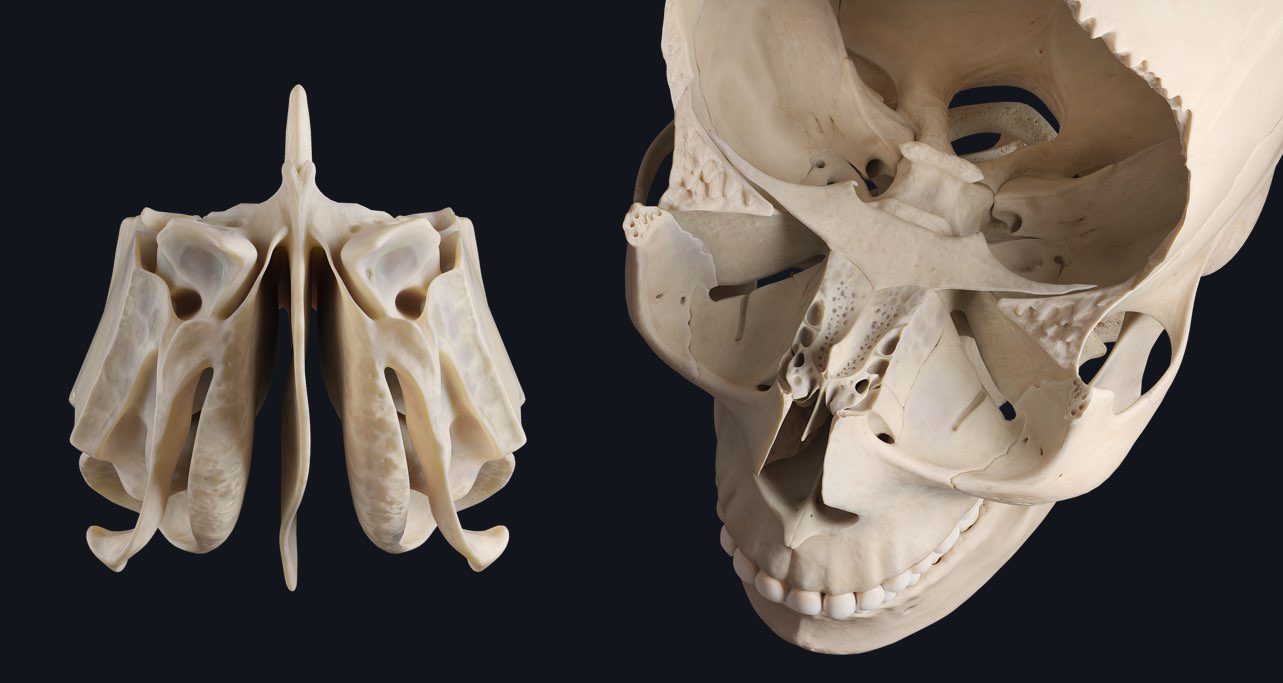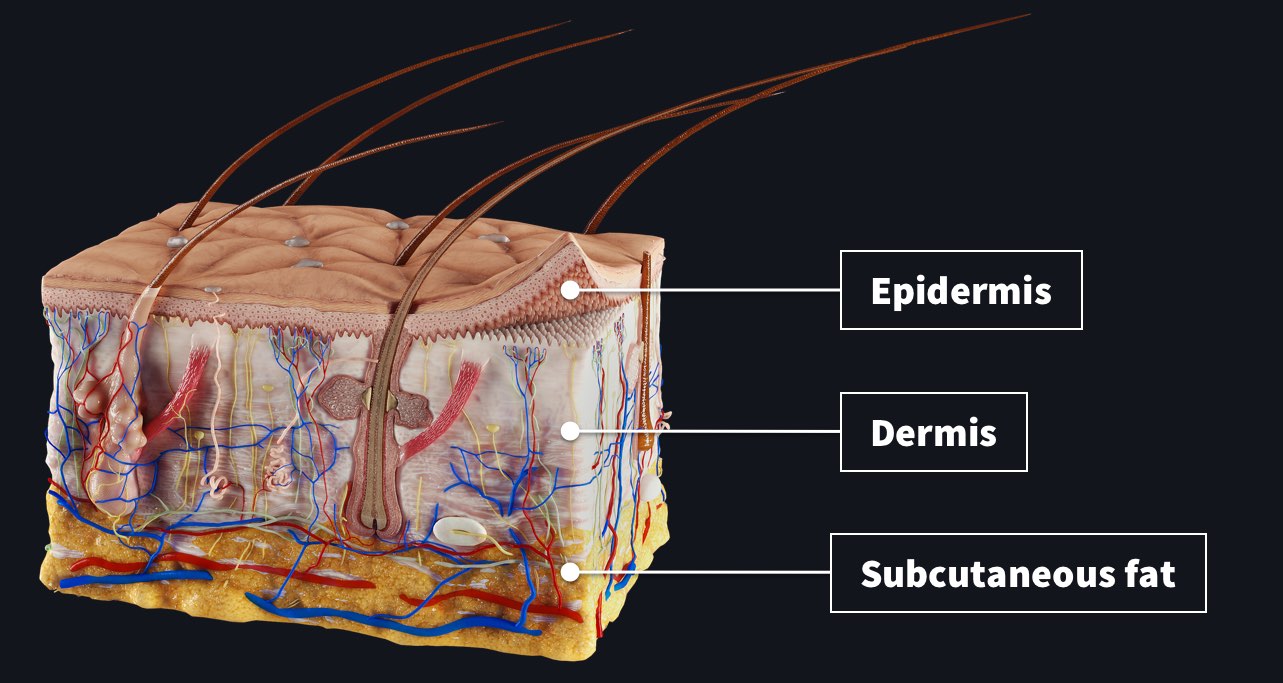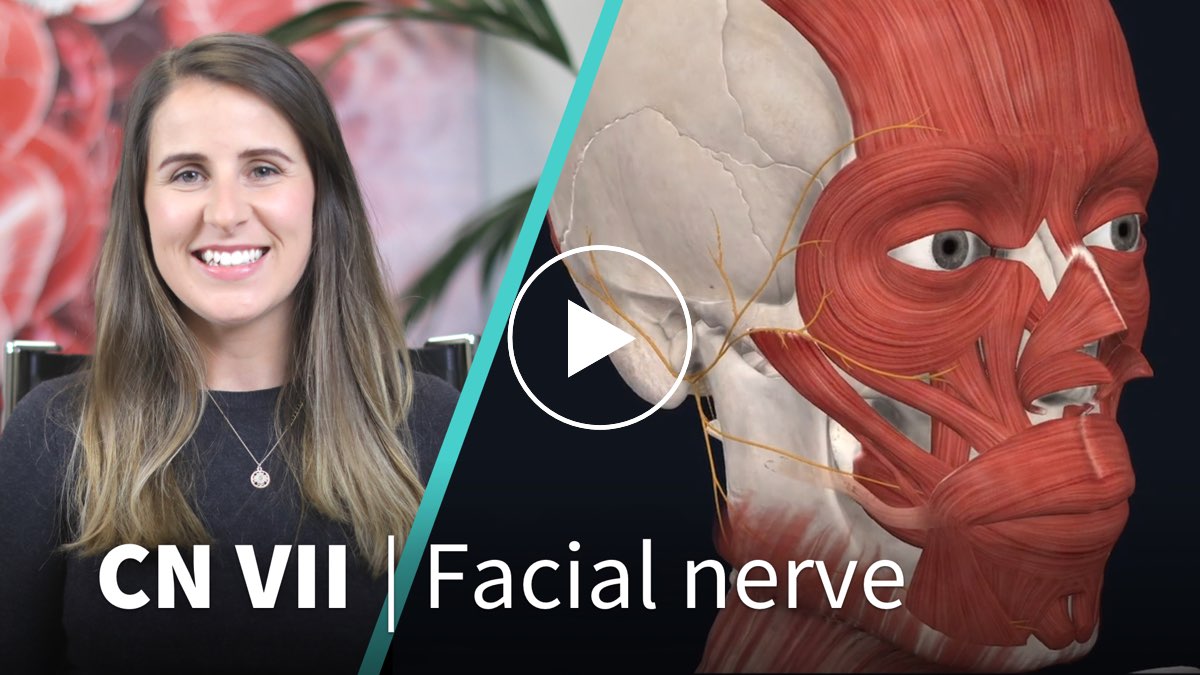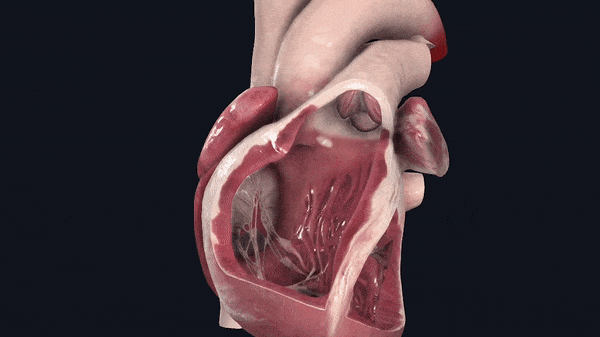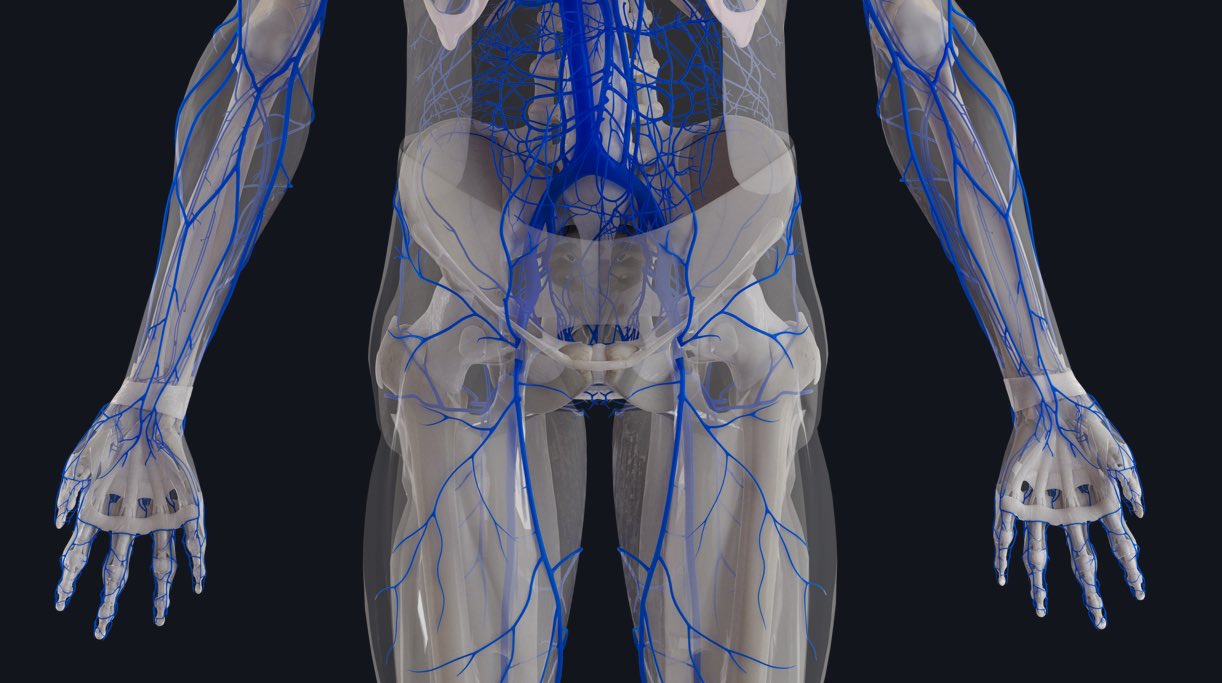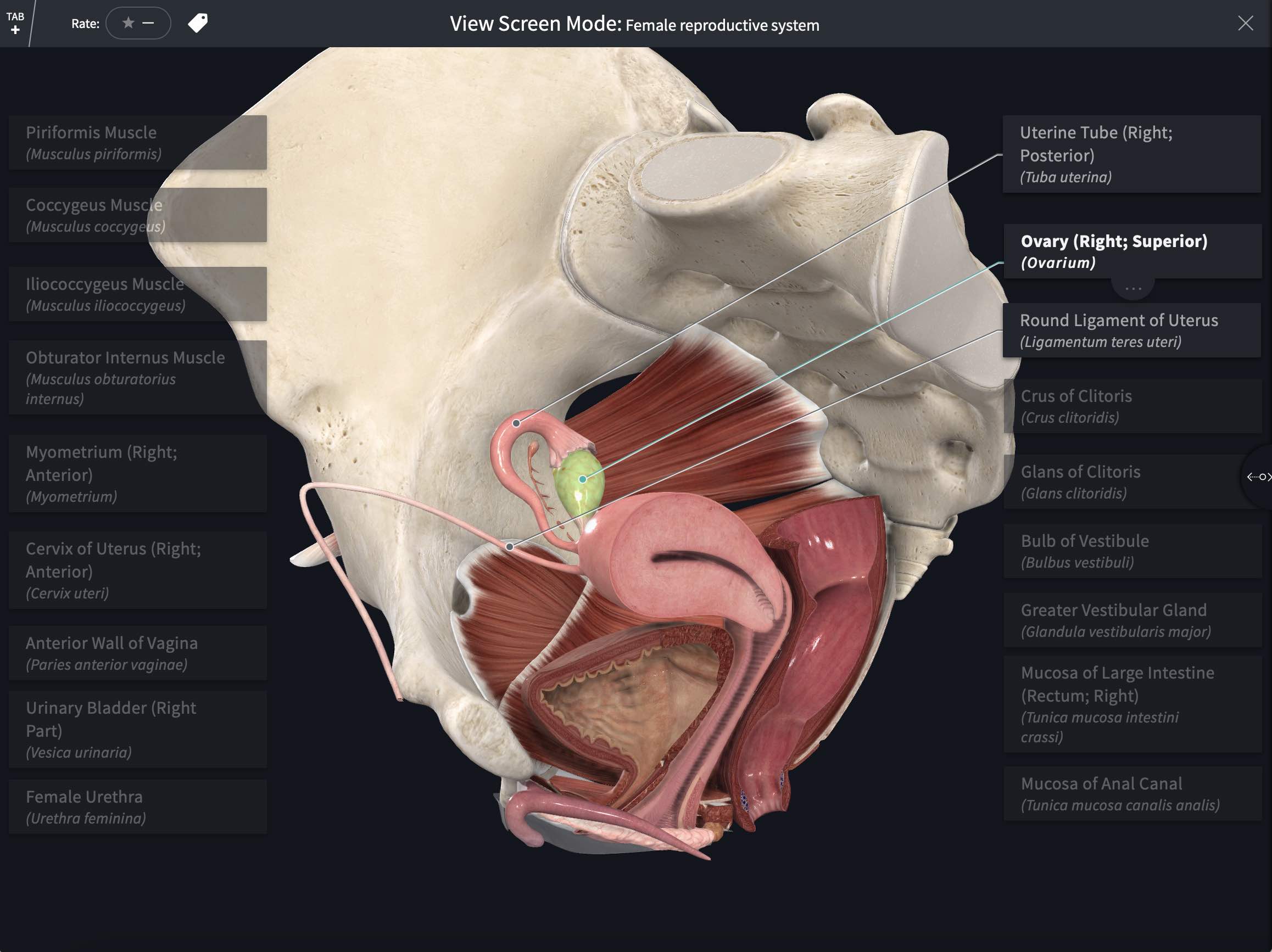
Hi there, I’m Olivia. I’m a Teaching Fellow in Anatomy at the University of Edinburgh, and I work with Compete Anatomy to create educator-focused content. I’ve been working on the collaboration between Complete Anatomy and the Gray’s family of products and I’m delighted to be able to tell you about a new update that has just landed on the platform!Leer artículo
